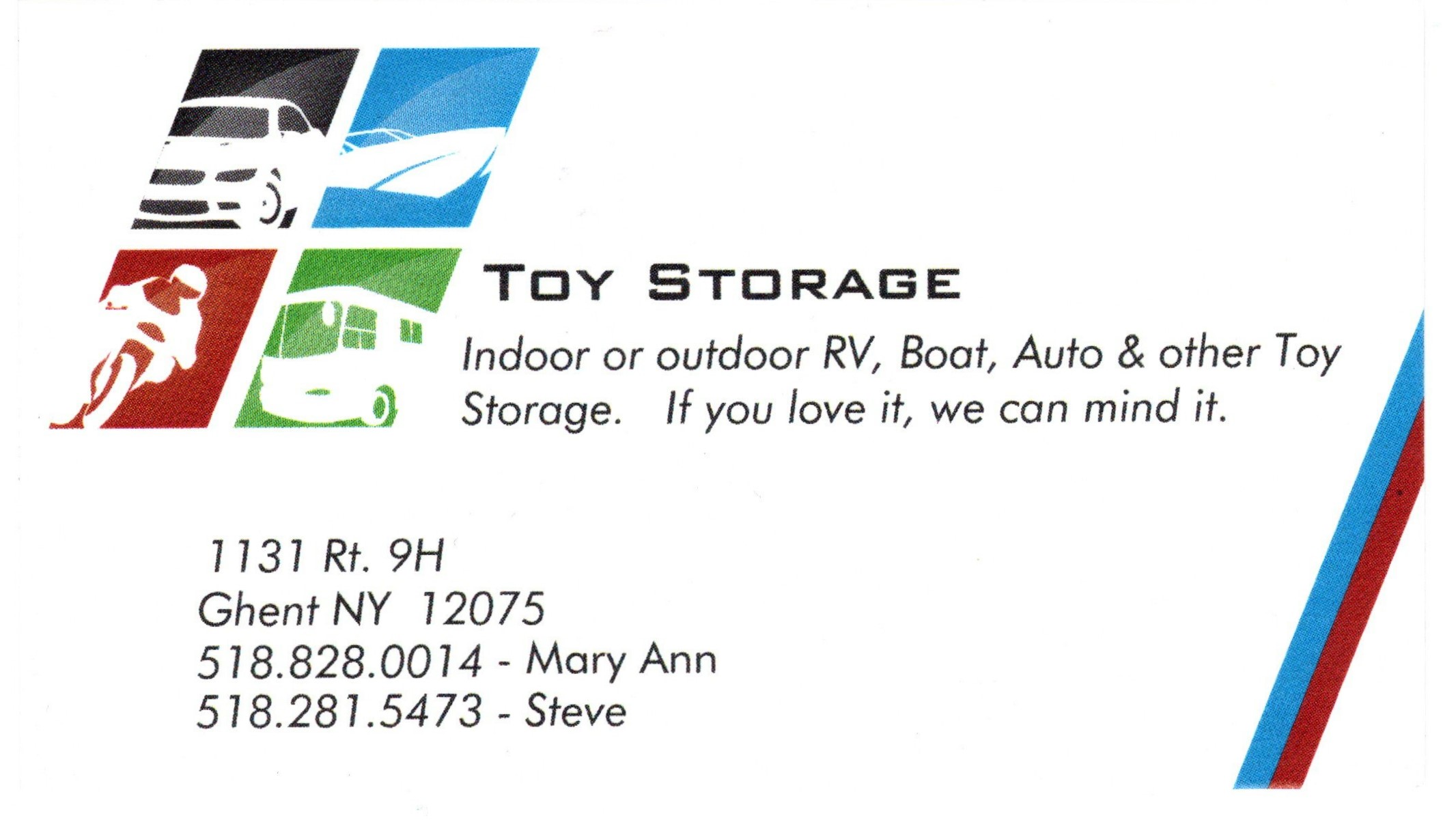(reprinted from protectyourwaters.net)
Follow a general set of procedures every time you come in contact with any body of water. By doing so, you can protect your waters from harmful aquatic hitchhikers. Because you never know where a nuisance species has been introduced, but has yet to be discovered.
There are hundreds of different harmful species ranging from plants, fish, amphibians, crustaceans, mollusks, diseases or pathogens. Some organisms are so small, you may not even realize they are hitching a ride with you. So, it is important to follow this general procedure every time you leave any body of water.
| Remove all visible mud, plants, fish/animals. Before leaving any body of water, it is important to examine all your equipment, boats, trailers, clothing, boots, buckets etc and: |
- Remove any visible plants, fish or animals.
- Remove mud and dirt since it too may contain a hitchhiker.*
- Remove even plant fragments as they may contain a hitchhiker.*
- Do not transport any potential hitchhiker, even back to your home. Remove and leave them at the site you visited.
*The larvae (immature form) of an animal can be so tiny that you cannot see it. However, it can live in mud, dirt, sand, and on plant fragments. |
 |
| Eliminate water from all equipment before transporting anywhere. Much of the recreational equipment used in water contains many spots where water can collect and potentially harbor these aquatic hitchhikers. Thus, make sure that you: |
- Eliminate all water from every conceivable item before you leave the area you are visiting.
- Remove water from motors, jet drives, live wells, boat hulls, scuba tanks and regulators, boots, waders, bait buckets, seaplane floats, swimming floats.
- Once water is eliminated, follow the cleaning instructions listed below.
|
 |
| Clean and dry anything that came in contact with the water (boats, trailers, equipment, dogs, boots, clothing, etc.). Basic procedures include: |
- Use hot (< 40° C or 104° F) or salt water to clean your equipment.
- Wash your dog with water as warm as possible and brush its coat.
The following recipes are recommended for cleaning hard-to-treat equipment that cannot be exposed to hot water:If hot water is not available, spray equipment such as boats, motors, trailers, anchors, decoys, floats, nets, with high-pressure water.
- Dipping equipment into 100% vinegar for 20 minutes will kill harmful aquatic hitchhiker species.
- A 1 % table salt solution for 24 hours can replace the vinegar dip. This table provides correct mixtures for the 1 % salt solution in water:
| Gallons of Water |
Cups of Salt |
| 5 |
2/3 |
| 10 |
1 ¼ |
| 25 |
3 |
| 50 |
6 1/4 |
| 100 |
12 2/3 |
- DRY Equipment. If possible, allow for 5 days of drying time before entering new waters.
|
 |
| Do not release or put plants, fish or animals into a body of water unless they came out of that body of water. Also, do not release them into storm drains, because most storm drains lead to water bodies or wetlands. This is an important prevention step because many plants and animals can survive even when they appear to be dead.
These two categories describe some common situations where people may feel compelled to release aquatic plants or animals:
|
- Aquarium and Aquatic Pets: If your family gets tired of its aquarium or aquatic pets, do not release anything from the aquarium (water, plants, fish or animals) into or near a body of water or storm drain. Explain to your children how you could be hurting all of the streams and lakes around the country and killing other fish and animals that already live in the water.If you cannot find a home for the critters in you aquarium, bury them. Dump the water into the toilet or yard, far away from storm drains.
- Bait: Whether you have obtained bait at a store or from another body of water, do not release unused bait into the waters you are fishing. If you do not plan to use the bait in the future, dump the bait in a trashcan or on the land, far enough away from the water that it cannot impact this resource. Also, be aware of any bait regulations, because in some waters, it is illegal to use live bait.
|
For additional information about invasive species, visit protectyourwaters.net.



















Follow Us on Facebook!